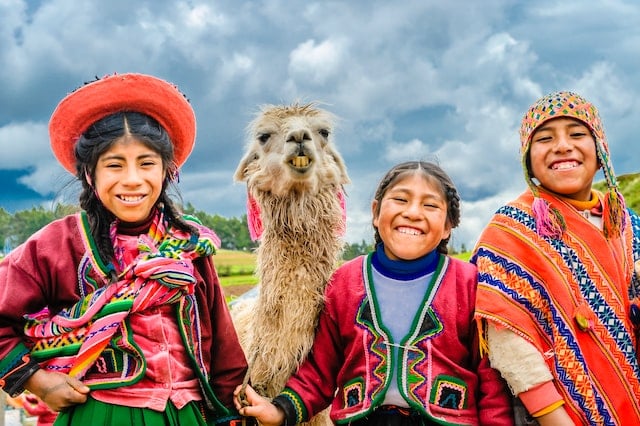
In a landmark move before the close of 2022, the United Nations finally launched what it calls the International Decade of Indigenous Languages—a ten-year “survival plan” to protect global Indigenous languages from extinction, in response to predictions that more than half of all languages will be lost by the end of the 21st century.
From the remaining Ika-speaking Arhuaco people of Colombia to remote Indigenous Arctic communities, this initiative gives hope to thousands of native peoples fighting to keep their ancestral tongues alive.
The UN remains a longstanding advocate of Indigenous, First Nation, and minority peoples, aiming to continually educate global communities on the importance of unique cultural preservation. The plan urges countries to support their own Indigenous communities, working together to understand the importance and nuances of each microculture in order to protect and nurture their rights. In addition to a continued legacy of heritage, history, and education, the conservation of linguistic diversity is key in safeguarding Indigenous communities from exploitation. Statistics published by the UN Department of Economic and Social Affairs (DESA) (www.un.org/development/desa/indigenouspeoples/wp-content/uploads/sites/19/2018/04/Indigenous-Languages.pdf) cite that Indigenous communities amount to less than 6% of the global population yet claim more than 4,000 of the world’s estimated 6,700 languages.
Addressing a global pool of advocates and Indigenous representatives, the president of the UN General Assembly, Csaba Kőrösi, explained, “With each Indigenous language that goes extinct, so too goes the thought: the culture, tradition, and knowledge it bears. That matters because we are in dire need of a radical transformation in the way we relate to our environment.”
At the recent UN Biodiversity Conference, Mr. Kőrösi spoke to audiences on the relationship between Indigenous languages, nature, and agriculture: “If we are to successfully protect nature, we must listen to Indigenous peoples, and we must do so in their own languages.” He added, “Every two weeks an Indigenous language dies… This should ring our alarms.”
As of 2023, Indigenous peoples are defenders and custodians to almost 80% of the planet’s remaining biodiversity and continue to be practitioners of crucial symbiotic routines. In a global fight toward ending climate change, Indigenous knowledge of the natural world holds utmost importance. With the recent launch, the UN strongly advises these capabilities are respected and that education and resources are upheld in native languages. The General Assembly president concluded, “Perhaps most importantly, [we must] meaningfully consult Indigenous peoples, engaging with them in every stage of decision-making processes.”
Athina Kontos







